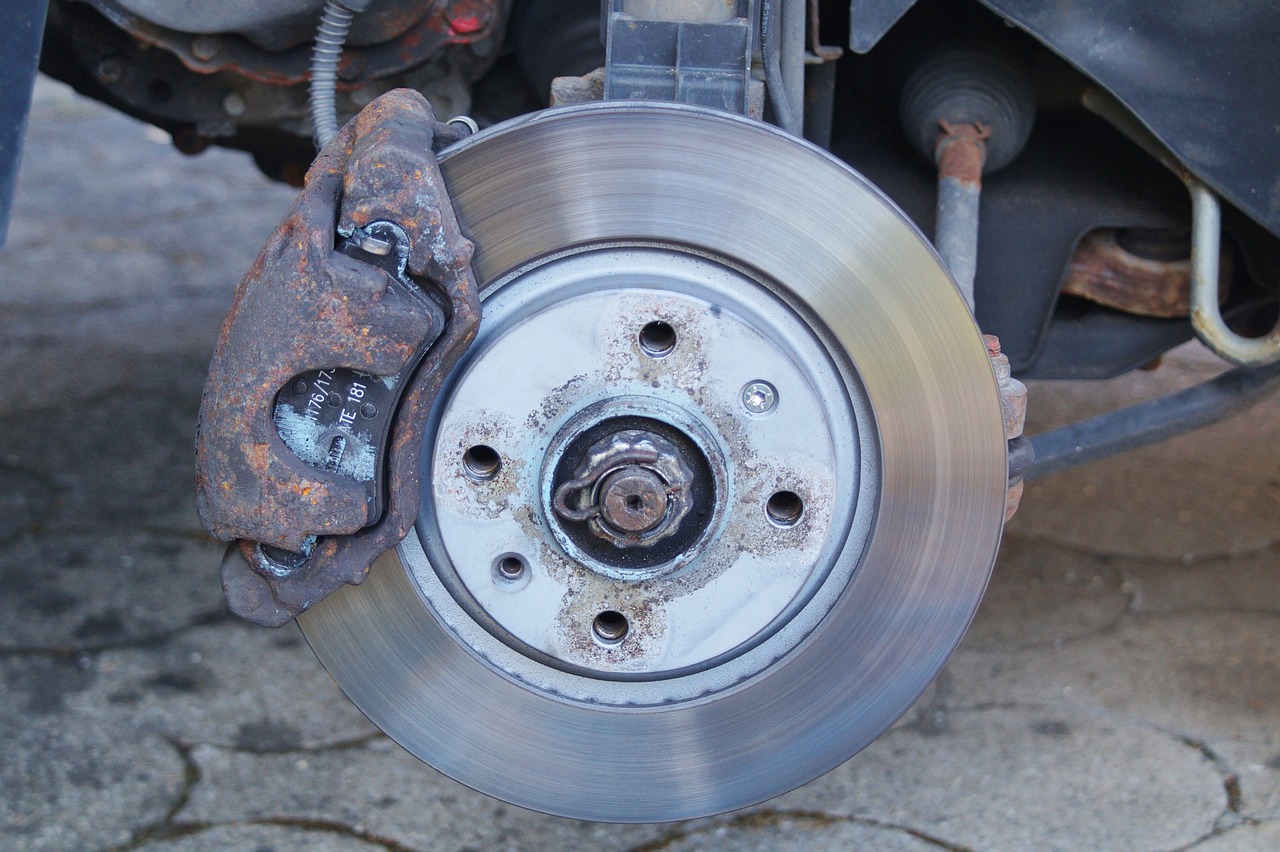Bleeding the brakes on an Audi A6 Saloon isn’t just about keeping the braking system in top condition. It’s about safety. Over time, air can get trapped in the brake lines, leading to a spongy pedal and reduced stopping power. Whether you’re changing brake fluid or just maintaining your system, knowing how to properly bleed the brakes ensures a firm, responsive pedal. Let’s walk through the process step by step.
Why Brake Bleeding Matters
If you’ve ever pressed your brake pedal and felt an unsettling softness, you might be dealing with air in the lines. Air compresses, unlike brake fluid, which is why even a small amount can diminish braking efficiency. Routine brake fluid changes also require bleeding to remove any trapped air pockets and ensure the system is free of contaminants.
For Audi A6 owners, brake maintenance is especially important given the vehicle’s advanced ABS system. Proper bleeding ensures optimal performance and helps extend the lifespan of key components.
What You’ll Need
Before getting started, gather the necessary tools and materials:
- Brake fluid (Check your owner’s manual for the correct DOT rating)
- Brake bleeder tool (or a clear hose and a collection bottle)
- Wrench set (to fit the bleeder screws)
- Jack and jack stands (for raising the vehicle)
- Wheel chocks (to prevent rolling)
- Gloves and safety glasses (brake fluid is corrosive)
- A helper (unless using a one-person bleeding tool)
Step-by-Step Brake Bleeding Guide
1. Locate the Brake Bleeder Screws
On an Audi A6, each brake caliper has a small bleeder valve. Usually covered by a rubber cap. You’ll be working in a specific order: typically, starting from the wheel farthest from the master cylinder (rear passenger side) and moving closer in this order:
- Rear passenger side
- Rear driver side
- Front passenger side
- Front driver side
2. Raise the Car and Remove the Wheels
Use a jack to lift the car and secure it on jack stands. Never rely on the jack alone. Safety first! Once the vehicle is stable, remove the wheels to access the brake calipers.
3. Check and Top Off Brake Fluid
Before starting, ensure the brake fluid reservoir is full. As you bleed each brake, fluid levels will drop, and allowing them to go too low can introduce more air into the system. A headache you definitely want to avoid.
4. Attach the Bleeder Hose
Fit a clear hose onto the bleeder valve. The other end should go into a collection bottle with some brake fluid in it. This prevents air from being drawn back into the system.
5. Begin the Bleeding Process
If you have a helper:
- Have them press the brake pedal slowly and steadily while you loosen the bleeder screw.
- Fluid (and air bubbles, if present) will flow into the hose.
- Once the pedal reaches the floor, tighten the bleeder screw before they release the pedal.
- Repeat until only solid brake fluid (no bubbles) comes out.
If you’re alone, using a vacuum or pressure bleeder can make this part easier.
6. Move to the Next Wheel
Follow the prescribed order, repeating the process at each wheel. After every couple of bleeds, top up the brake fluid reservoir to prevent air from entering the system.
7. Final Check and Test Drive
Once all four brakes have been bled, check fluid levels again and ensure all bleeder screws are tightened. Press the brake pedal a few times. It should feel firm, not spongy. If it still feels soft, you may need to repeat the process.
Before hitting the road, start your Audi and test the brakes at a low speed in a safe area. Gradually increase braking force to ensure the system responds properly.
Common Brake Bleeding Mistakes
Not Topping Off the Brake Fluid
This is an easy but costly mistake. If the reservoir runs dry, you’ll introduce air into the system and have to start over.
Rushing the Process
Brake bleeding takes patience. If you open the bleeder screw too much or don’t close it before your helper releases the pedal, air can seep back in.
Using the Wrong Brake Fluid
Your Audi A6 requires a specific type of brake fluid. Using the wrong kind can affect performance and even damage internal components. Always check the manual.
How Often Should You Bleed the Brakes?
Brake fluid absorbs moisture over time, reducing effectiveness. A good rule of thumb is to replace your brake fluid every two to three years or whenever you notice a decline in braking performance. If you track your car or drive in extreme conditions, more frequent changes may be necessary.
Final Thoughts
Bleeding the brakes on an Audi A6 Saloon isn’t rocket science, but it does require attention to detail. A properly maintained braking system ensures both safety and performance, giving you confidence on the road. If you’re unsure, don’t hesitate to consult a professional. Brakes are not something to gamble with.
Thinking about tackling this job yourself? Let me know how it goes in the comments. Or if you have any tips from your own brake maintenance experiences!





